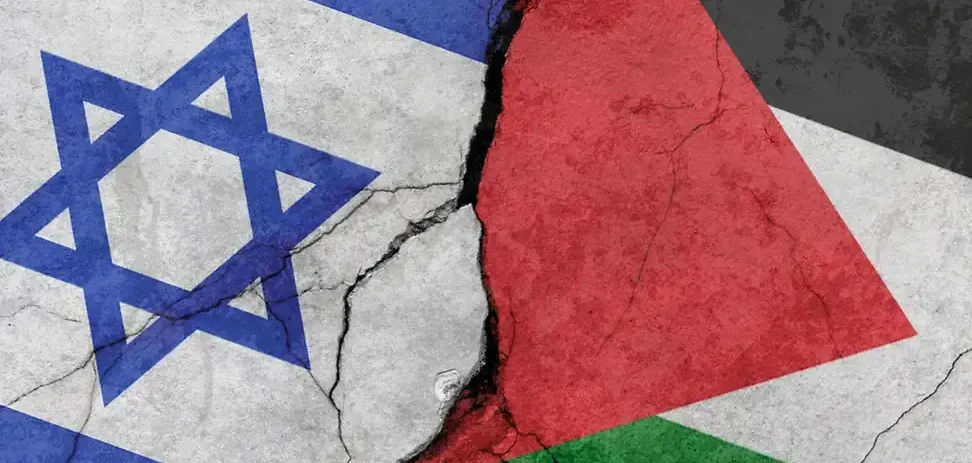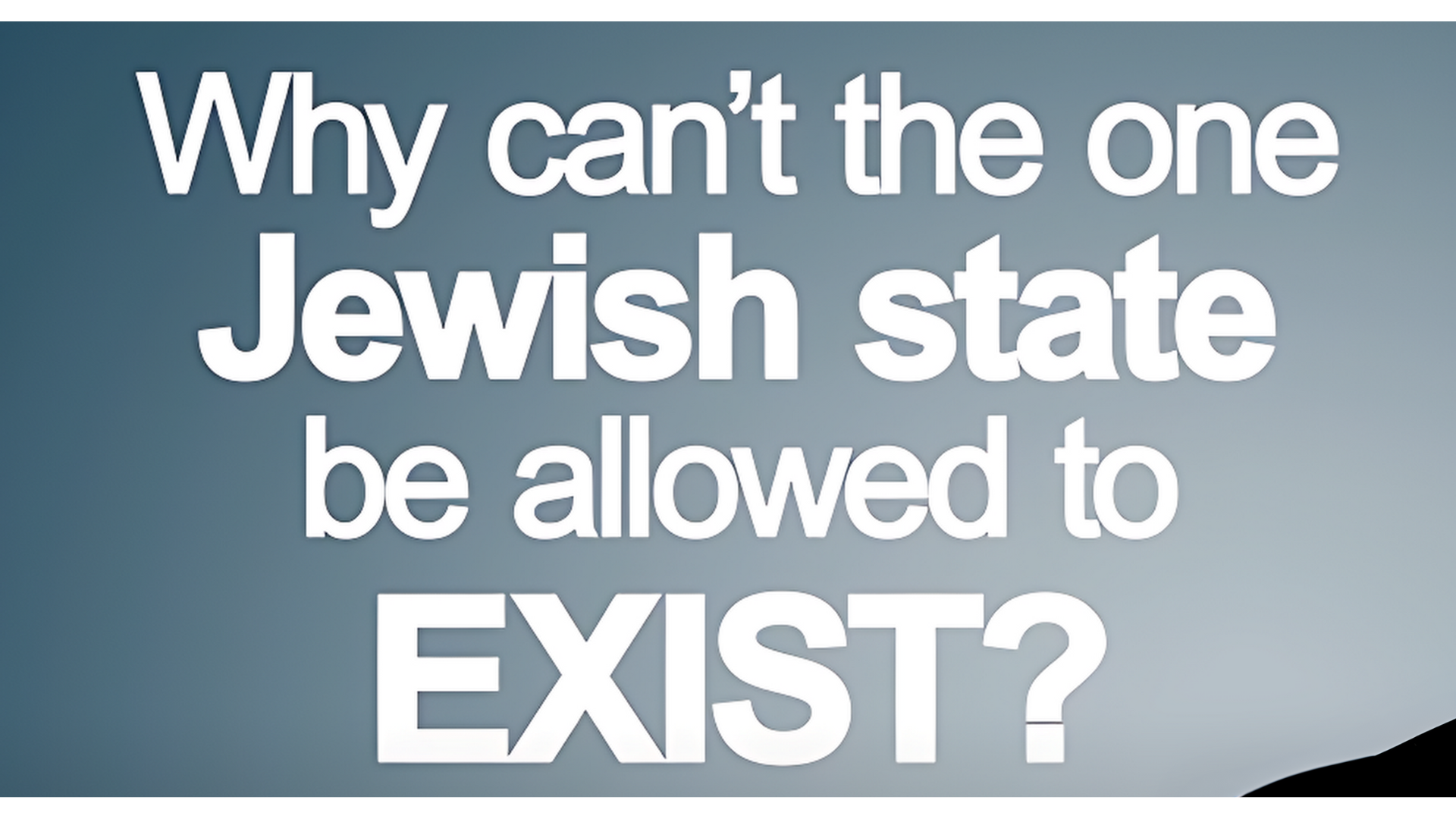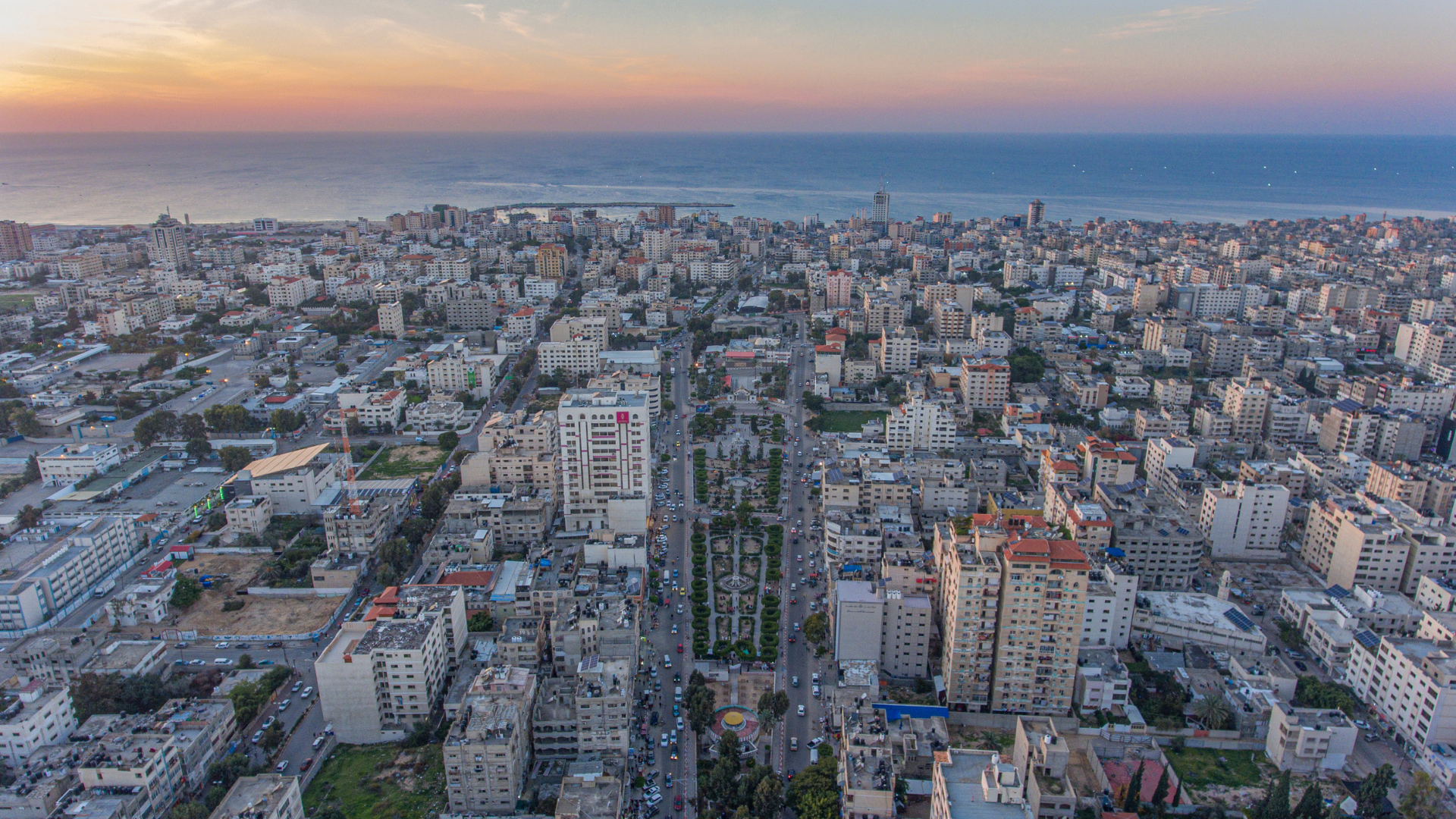When I did my graduate studies at the Middle East Institute at Columbia University’s School of International Affairs, I took many courses on the question of the Middle East conflict.
Semester after semester, we studied the Middle East conflict as if it was the most complex conflict in the world -- when in fact, it is probably the easiest conflict in the world to explain. It may be the hardest to solve, but it is the easiest to explain.
In a nutshell, it’s this: One side wants the other side dead.
Israel wants to exist as a Jewish state and to live in peace. Israel also recognizes the right of Palestinians to have their own state and to live in peace. The problem, however, is that most Palestinians and many other Muslims and Arabs, do not recognize the right of the Jewish state of Israel to exist.
This has been true since 1947, when the United Nations voted to divide the land called Palestine into a Jewish state and an Arab state.
The Jews accepted the United Nations partition but no Arab or any other Muslim country accepted it.
When British rule ended on May 15, 1948, the armies of all the neighboring Arab states -- Lebanon, Syria, Iraq, Transjordan, and Egypt -- attacked the one-day old state of Israel in order to destroy it.
But, to the world’s surprise, the little Jewish state survived.
Then it happened again. In 1967, the dictator of Egypt, Gamal Abdel Nasser, announced his plan, in his words, “to destroy Israel.” He placed Egyptian troops on Israel’s border, and armies of surrounding Arab countries were also mobilized to attack. However, Israel preemptively attacked Egypt and Syria. Israel did not attack Jordan, and begged Jordan’s king not to join the war. But he did. And only because of that did Israel take control of Jordanian land, specifically the “West Bank” of the Jordan River.
Shortly after the war, the Arab states went to Khartoum, Sudan and announced their famous three “No’s: “No recognition, no peace, and no negotiations,”
What was Israel supposed to do?














